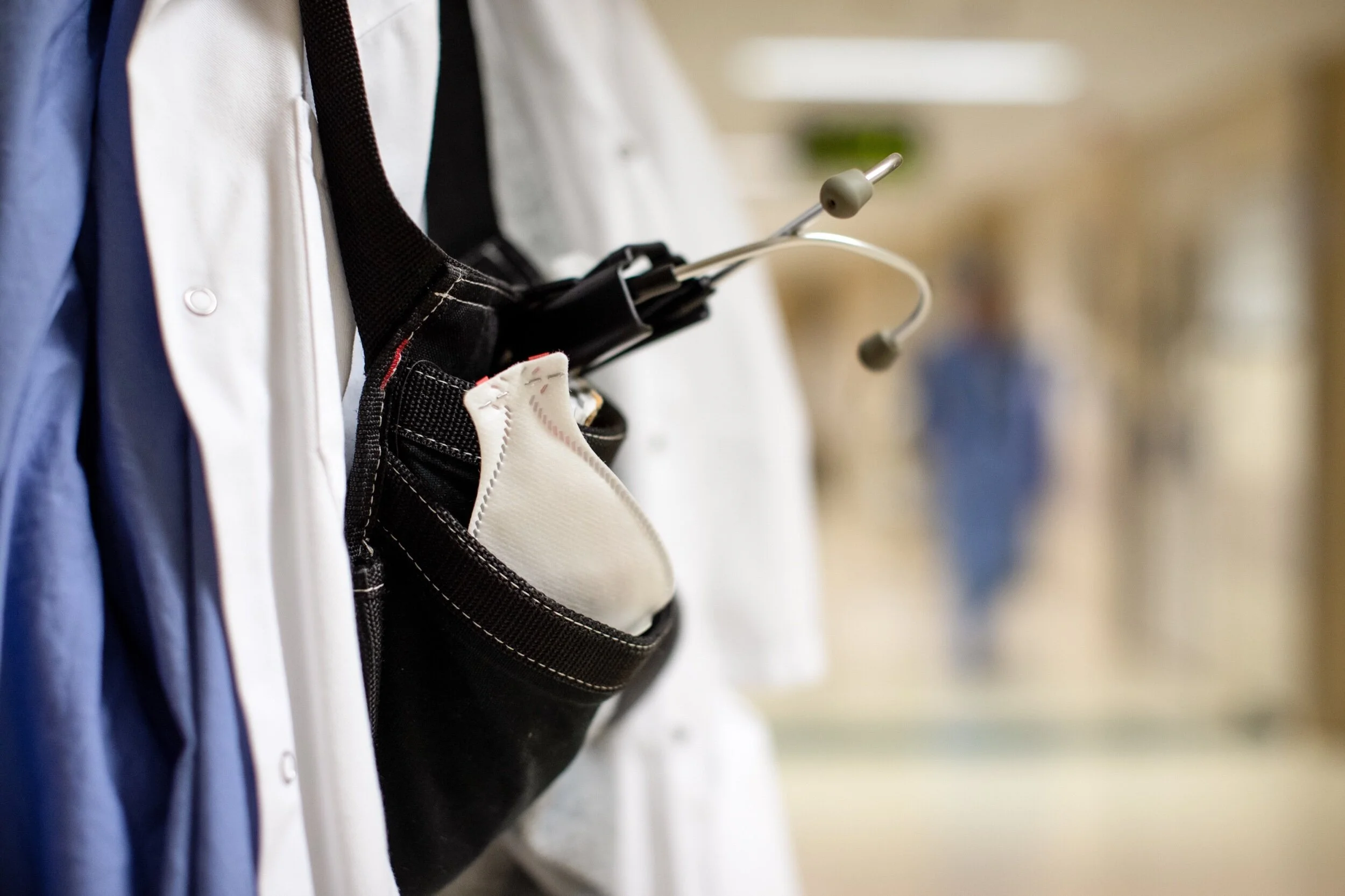Coexisting with Covid-19: Mayo Clinic resumes some surgical procedures
Five weeks after it first began deferring elective procedures, Mayo Clinic says its hospitals are slowly beginning to welcome back greater numbers of non-Covid-19 patients for cancer and other surgical procedures.
The progress being made at Mayo comes as Gov. Tim Walz considers revisions to Minnesota’s ban on elective care. On Thursday, the governor said a decision regarding a return to elective care, made in consultation with state health providers, could be announced in a few days.
Related: Stay-at-home order extended until May 18
In an interview prior to Walz’s press conference, Dr. Elie Berbari, chair of Mayo’s infectious disease department, suggested the need to resume operations has reached a critical juncture for some patients.
“There are things that can wait a week or two or three, but when you start talking two or three months, the semi-urgent become urgent and the semi-elective become semi-urgent,” he said. “Cancer care, some of the surgical care and radiation therapy — these things cannot be delayed any further.”
Walz first announced the statewide postponement of elective surgeries and procedures on March 19, two days after Mayo, in an effort to focus health care capacity and equipment on the escalating threat of Covid-19.
Since then, hospitals including Mayo have taken measures to preserve and build on their capacity of personal protective equipment (PPE). Additional strategies, built around data and social distancing, have also been taken at Mayo to allow the medical center to begin gradually re-opening its doors.
“We are getting better by the day and by the hour, and as we ramp up our practice, our ability to understand the effectiveness and enhance those protocols is going to accelerate,” said Dr. Berbari.
Berbari emphasized the goal is to reactivate Mayo’s practice as safely as possible. That means learning from practices proven to be effective since the onset of the pandemic, such as widespread staff testing and the universal implementation of PPE in the health care environment.
Berbari also pointed to the use of artificial intelligence and prediction analytics, which he said “have played a major role in our understanding of this disease and how to prepare for what’s going to happen next.”
In his daily briefing, Walz did not offer specifics on what revisions may be made to his order on elective care, though he did acknowledge the current challenges, both in terms of patient health and hospital revenue.
Mayo has announced it expects to lose $3 billion in 2020 earnings due its decision to halt elective care. As a result, the Rochester-based institution — which had been in a strong financial situation pre-pandemic — has been forced to furlough and cut the pay of tens of thousands of employees. The reduction in patient volume has also impacted Rochester’s hospitality industry, which accounts for 10 percent of the city’s economy.
“This has to be done in coordination with the hospitals,” Walz said of a decision to resume some elective care. “And the hospitals will be the ones that sign off on this. They will know looking at their numbers, looking at the modeling projections, looking at what we have in reserve, to make the call to say, ‘this much of what we have, we’re going to keep in reserve for the surge that can come. Now that we have excess of that, we are going to start rolling people back in to have normal care’.”
Sean Baker is a Rochester journalist and the founder of Med City Beat.
Cover photo licensed via Canva








